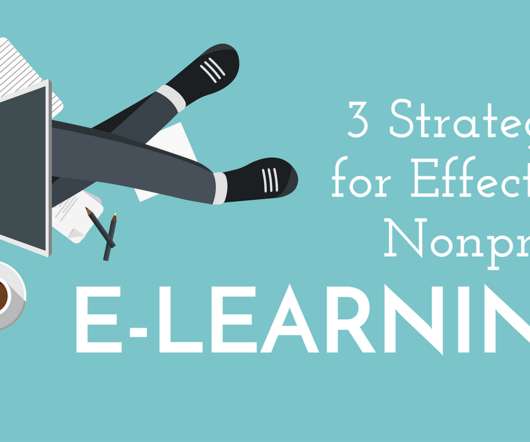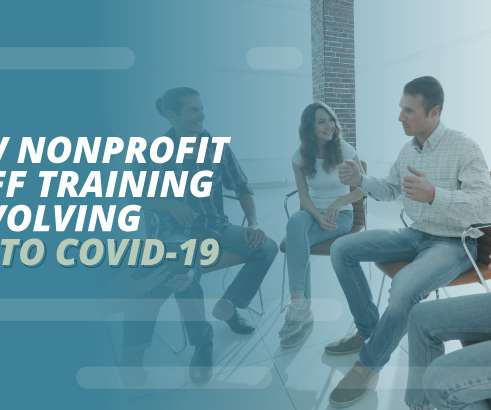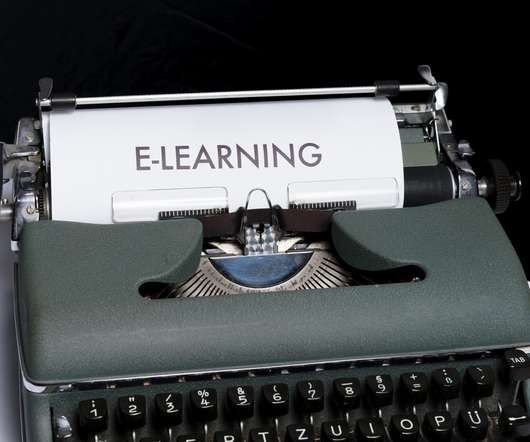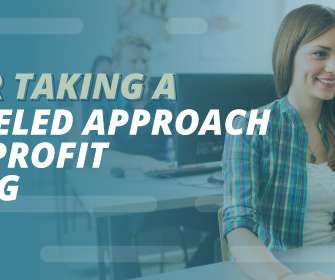3 Strategies for Effective Nonprofit E-Learning
The Nerdy NonProfit
NOVEMBER 13, 2020
Staff and volunteers can access the training anytime and anywhere. Technical aspects such as web accessibility and mobile-friendliness are crucial for an effective course. Provide the course to learners in an accessible way. How do you define ‘accessible way’?”. These seem like no-brainers. We could go on.











Let's personalize your content